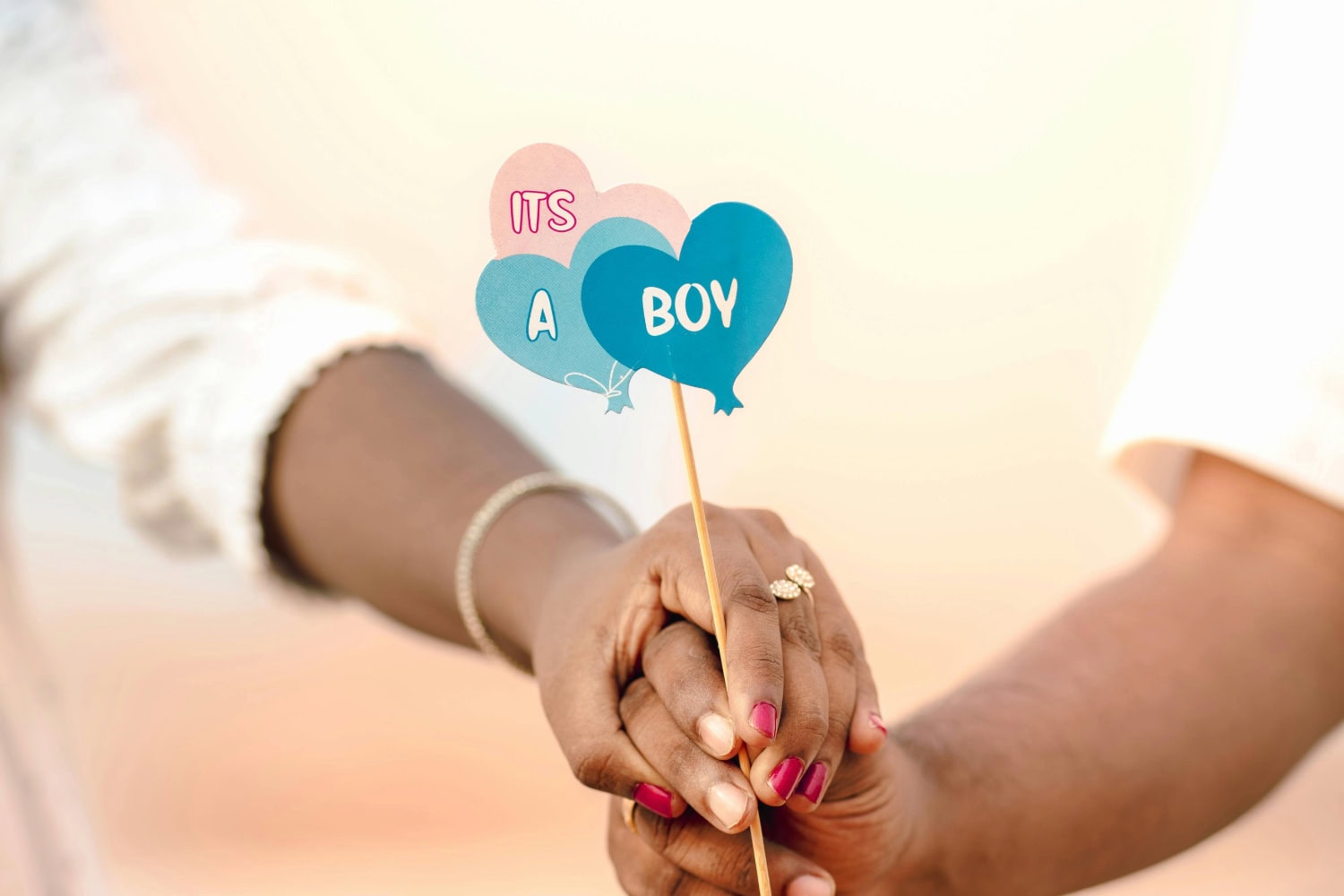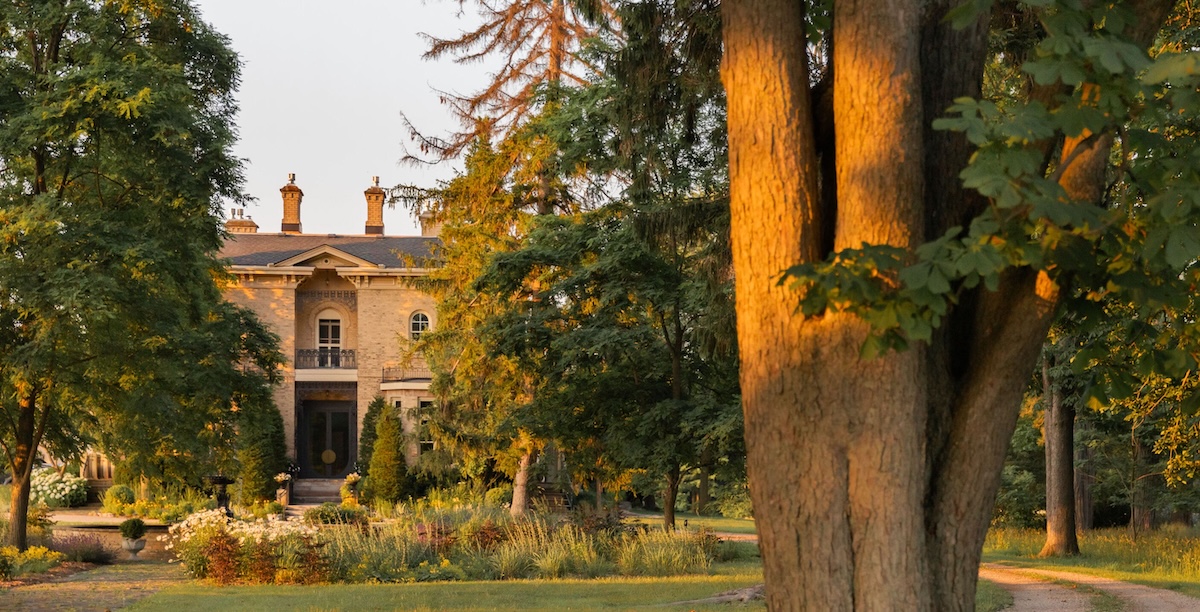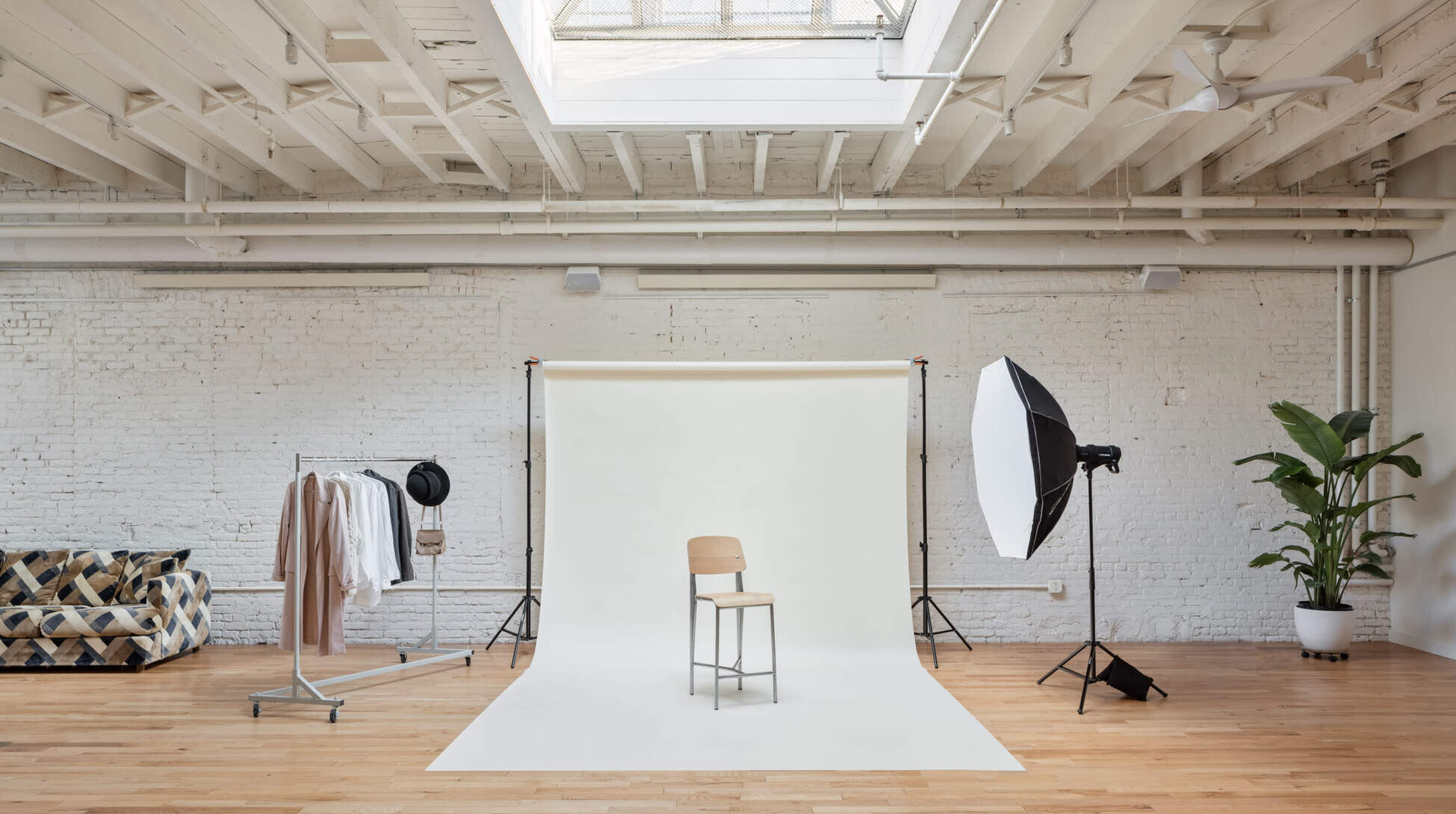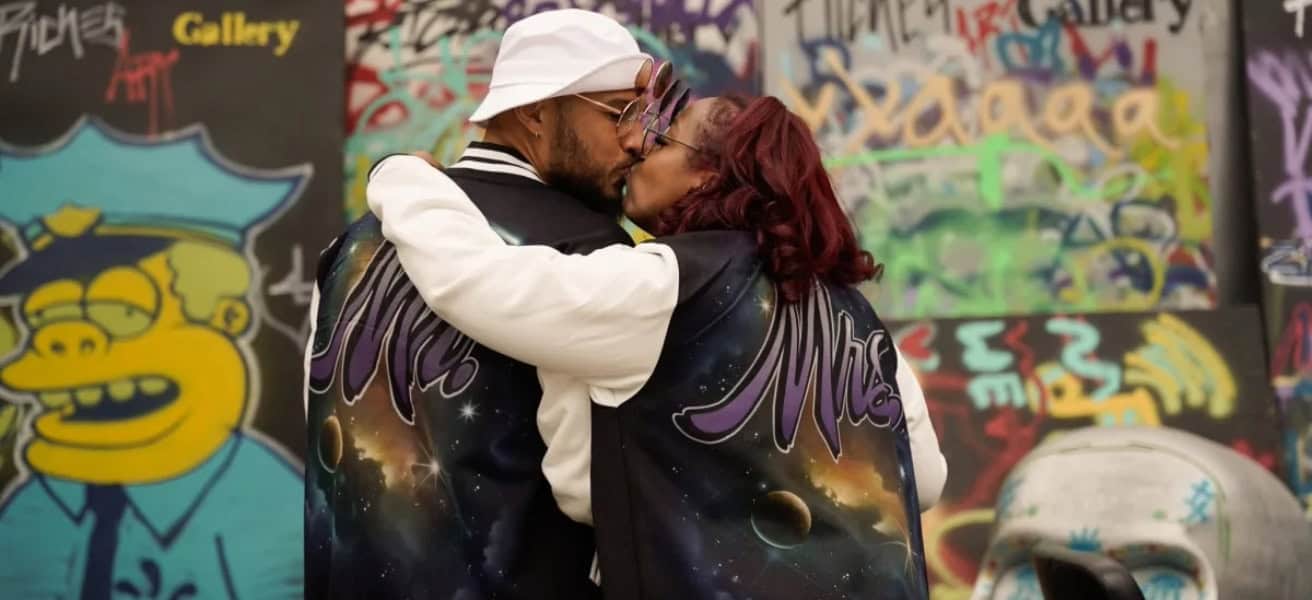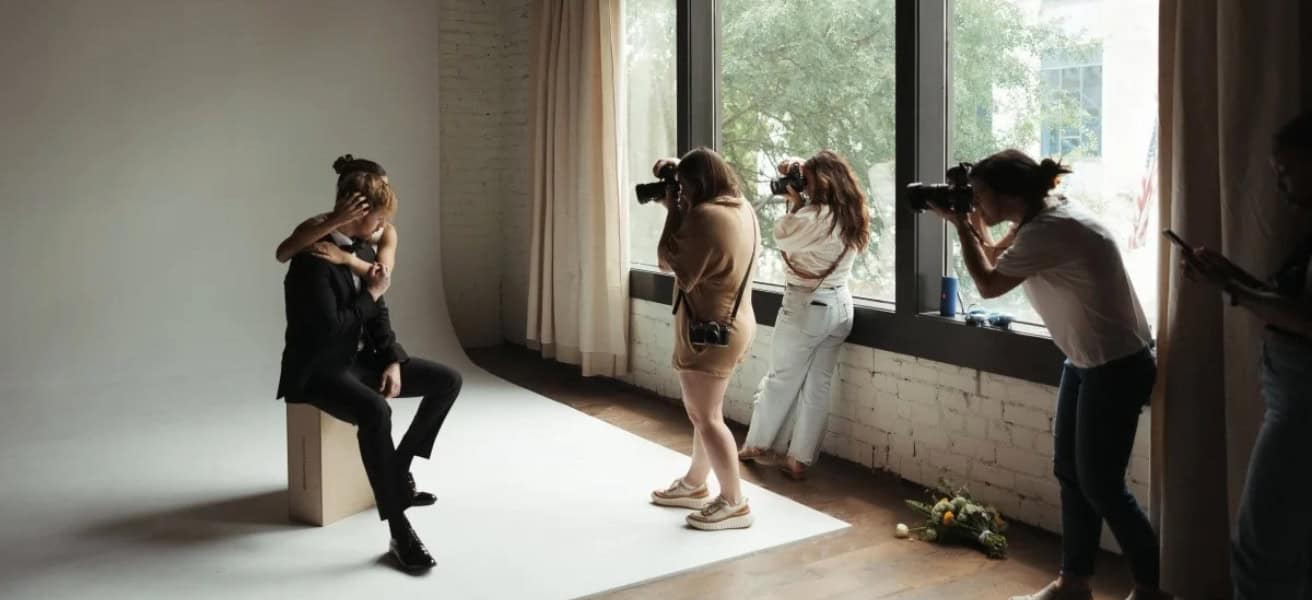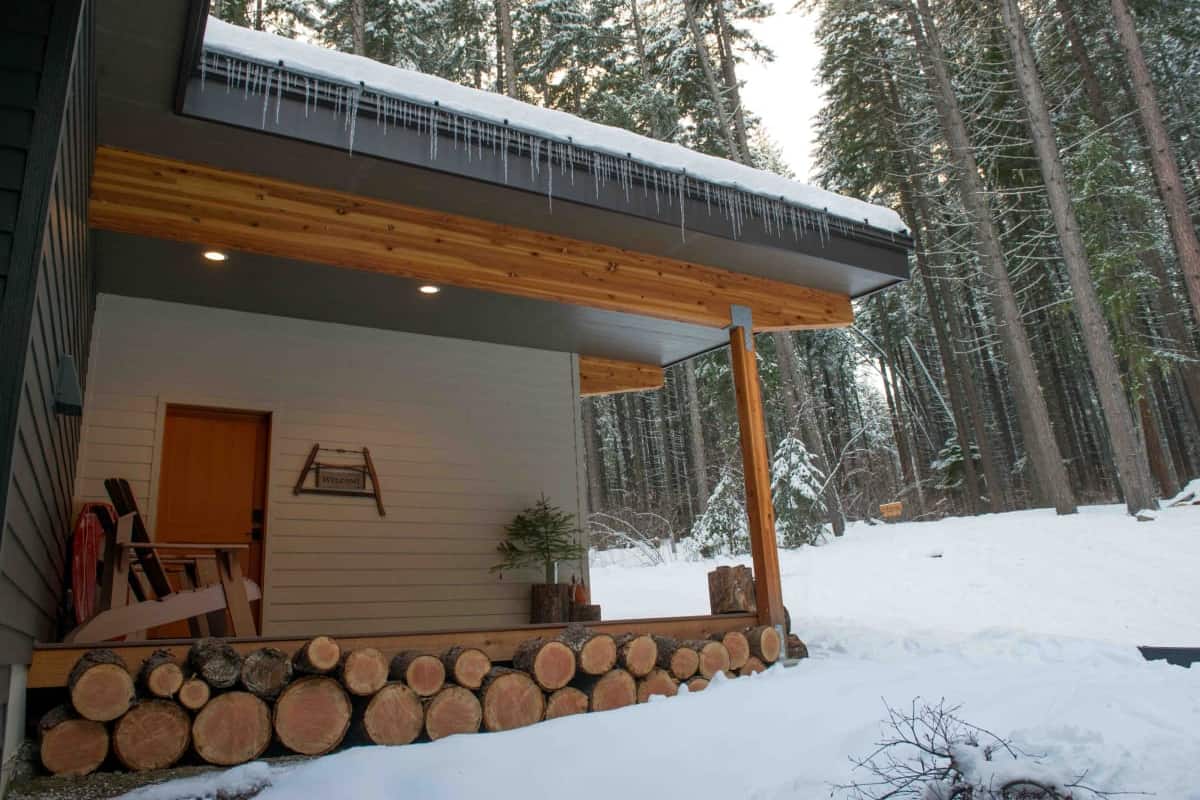
Source: Peerspace
Wondering how to photograph falling snow? Capturing gorgeous snow in mid fall is a beautiful sight and can help make your photography work standout. But naturally, if you’re new to this, you won’t automatically know how to shoot falling snow like a pro. Until now!
Let’s take a look at all the tips and tricks for getting the best photographs in snowy conditions. We at Peerspace will share our best insights as well as amazing venues that can help you achieve your photography goals.
First, find your perfect snowy venue on Peerspace
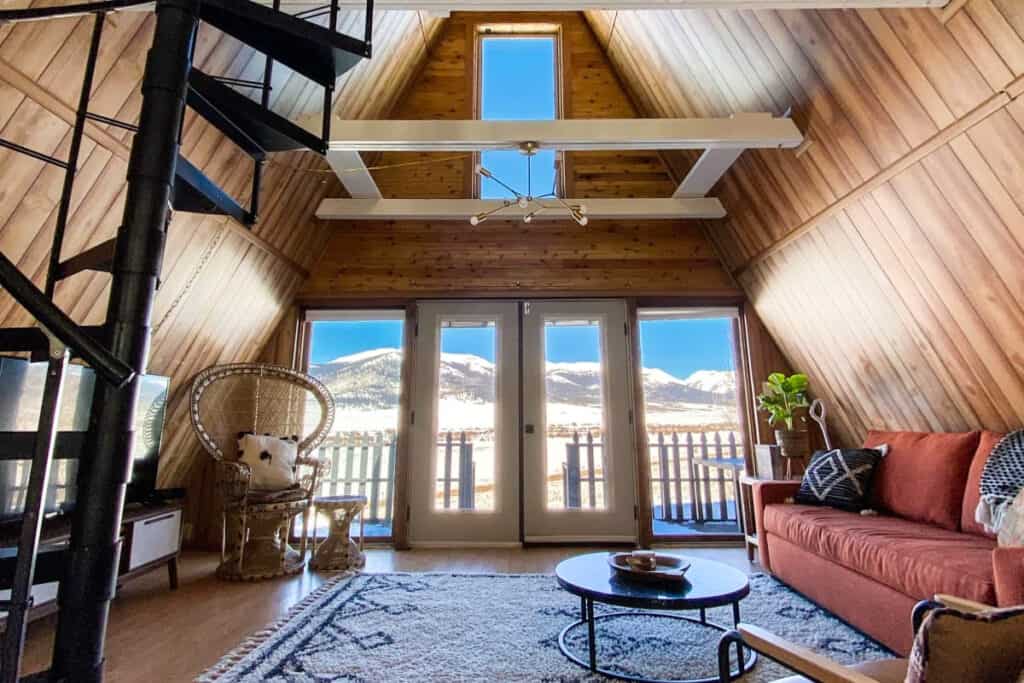
Some of us have access to snow every winter and don’t mind traipsing around the neighborhood, camera in hand, shooting falling snow. Then there are those of us who also like to challenge ourselves by booking new spaces to inspire our falling snow photography.
If you happen to be in that latter category, we have great news for you. Peerspace is the largest online marketplace for hourly venue rentals and makes it easy to book incredible spaces that allow you to shoot all the falling snow (and other backdrops!) you like.
Here are some of our favorite spaces to shoot falling snow:
- This cozy A-frame cabin in Jefferson, CO on three private acres of land in the heart of the Rockies
- This new modern home in a mountain setting in Leavenworth, WA set on three acres in the Cascade Mountains
- This rooftop production venue with downtown views in Chicago, IL for photos of falling snow-covered buildings
- This charming outdoor garden for photography in Buffalo, NY for snow-covered garden shots
- This spectacular Smoky Mountain venue near Asheville, NC, which enjoys snowfall from January to March
- This luxury mountain retreat in Park City, UT surrounded by mountains, ski slopes, with a chalet design
You get the picture! Peerspace can help you as you learn how to photograph falling snow, providing you with amazing venues that inspire your creativity while surrounding you with lots of snow. As you can see from the listings above, spaces come with unique features and amenities that make shooting at each its own amazing adventure. Get started today by finding your own snowy haven!
Prepping for the holidays? Then you need to see our creative outdoor Christmas photoshoot ideas, too!
Prepare yourself and your camera
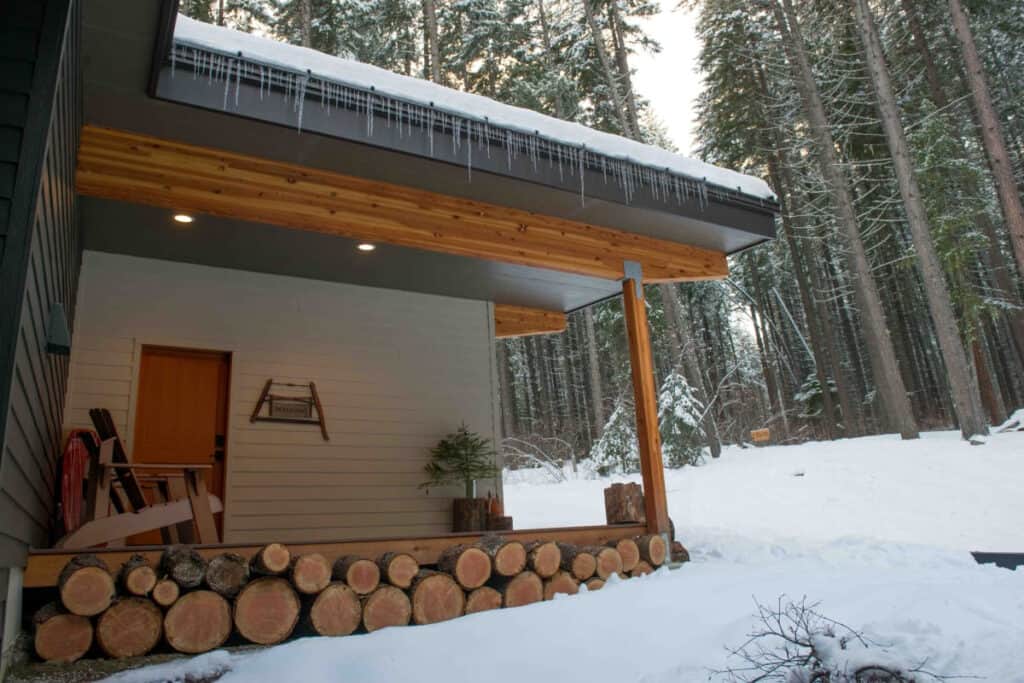
When shooting in more extreme weather conditions, like snow or rain, it’s important to make sure you and your camera are both ready. Make sure to wear waterproof boots, especially if the snow is deep already, or promises to keep accumulating during your shoot.
Remember that while you will be doing a lot of walking around, photography requires you to stand still and focus, so dress accordingly. Wear plenty of layers, which will keep you toasty warm when standing still, but which you can easily shed once you’ve been moving around and your body temperature rises. Consider fingerless gloves to ease focusing and adjusting camera settings.
In both rain and snow, your main concern is keeping moisture out of the inside of the camera. Special waterproof cases are available for DSLRs, but a quick fix is as easy as using plastic wrap or a plastic bag wrapped around your camera, secured with rubber bands.
If the snow is not falling too heavily, you will probably be safe without any sort of heavy-duty cover — which can be annoying to fiddle with in the cold. However, it’s a good idea to wear a baggy overcoat, in which you can stick the camera while not shooting to keep it dry while you’re figuring out how to photograph falling snow.
When the weather is really cold, you might consider acclimatizing your camera before you head out. Some photographers suggest putting the camera in a sealed Ziploc bag inside a partially-closed backpack and letting that sit outside for 20-30 minutes. You should repeat this process when coming back inside — but we’ll get to that later.
Good gear for snow
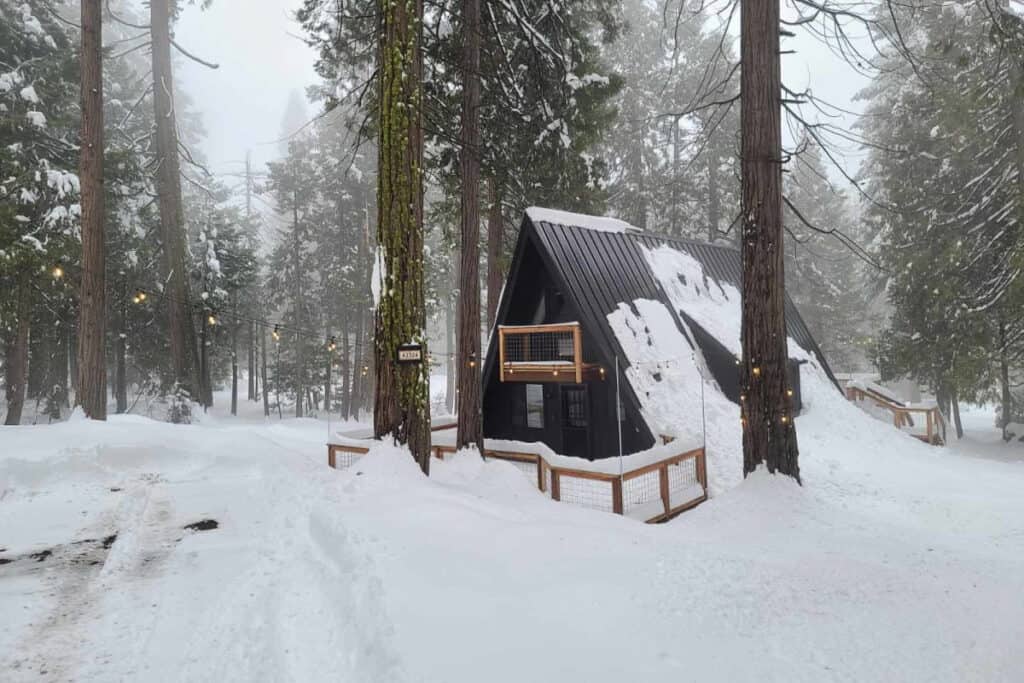
There is certain must-have photography equipment for shooting in snowy conditions. Consider shooting on a zoom lens when photographing falling snow to avoid unnecessary lens changes, and minimize the chance of snow getting inside the camera. Remember to keep your lens cap on when not shooting, to avoid snow landing on the end of the lens. A lens hood is another easy accessory to keep the snow at bay.
Should a couple of flakes land on your lens, don’t breathe on the glass to clean it. Your body temperature is way above that of the camera, which can fog up the lens and leave you losing precious time as you wait for it to clear.
For the same reason, try to hold your breath when focusing, because you might accidentally fog up the LCD screen or viewfinder! This is an important tip to remember when you’re learning how to photograph falling snow.
Instead, make sure you bring a microfiber cleaning cloth — and some extras — or a pack of dedicated lens wipes. It is also a great idea to bring a UV or clear filter with you, which you can remove if it accidentally gets wet, and continue shooting without breaking stride.
Snow is bright — really bright. A polarizer will help reduce glare on snow and ice-covered surfaces, as well as bring down a bright, cloudless sky, so it’s worth packing one for your snowy photoshoot.
Finally, consider keeping your spare batteries in the inner pocket of your coat, to avoid them getting cold or wet, which can make them stop working.
Depending on what kind of image you are going for, you can consider bringing along a tripod and an external flash. We’ll discuss a little later what each tool will offer you.
Adjusting camera settings
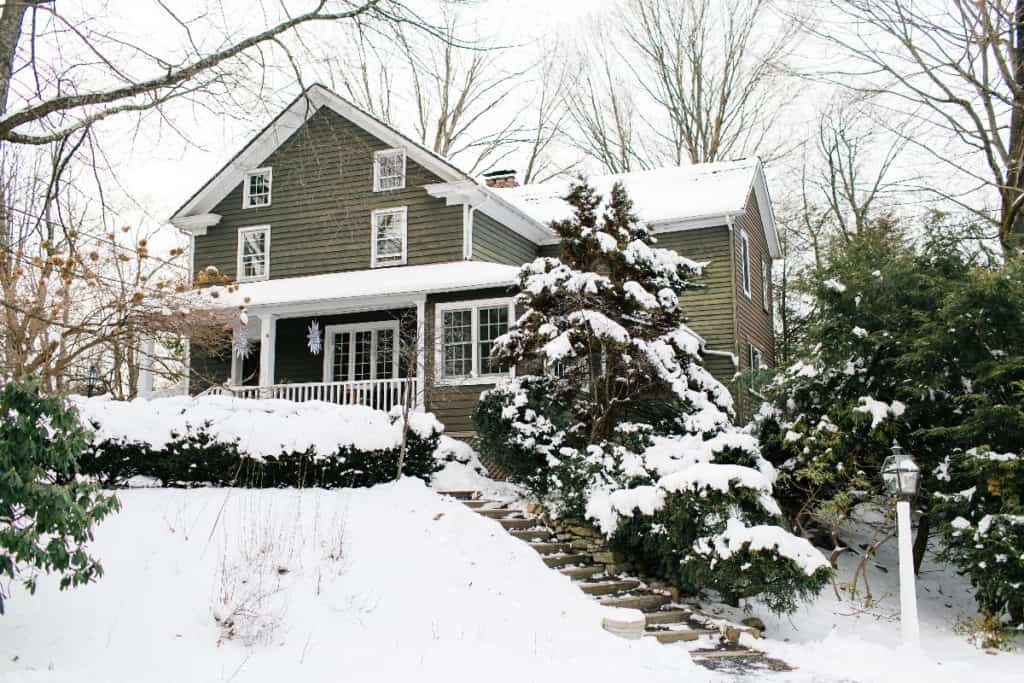
It is always best to shoot in RAW when photographing falling snow, in part because the extremes in shadows and highlights can throw off your camera readings, and will allow you more room to adjust in post.
The metering systems in DSLRs are designed to shoot for a standardized middle gray. Normally this is no problem, but on bright, white, snowy days, the lack of this middle gray means you might find that all your photos are coming out way too dark.
Keep this in mind when photographing snow, and overexpose by a couple of stops to keep the snow looking crisp and vibrant white. Always check the histogram on your camera to know exactly what your camera is capturing.
Another common failure when photographing falling snow is the camera’s tendency to turn everything unnaturally blue. You can manually adjust the camera’s white balance to account for this. If you prefer to do things for yourself, consider adjusting the white balance to around 6500K, and then making small adjustments as necessary.
Another option is to set the white balance to the flash setting, which tells the camera to offset the blue light that it expects to see from a flash. In the cold weather, we want to keep our fingers as happy as possible. To avoid having to make too many adjustments on the go, consider shooting on Aperture Priority mode.
Shooting with a flash
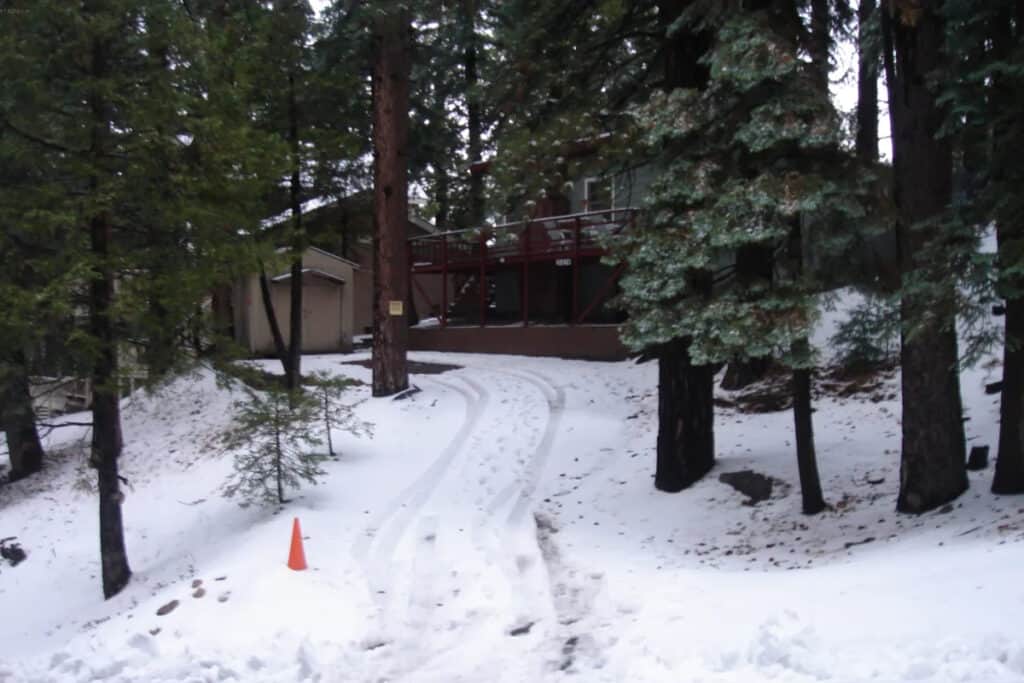
Some photographers bristle at the idea of shooting falling snow with a flash. You’ll get big blotches of blurry, overexposed snowflakes right in front of the lens, and a rather dark background beyond. However, with the right attitude and the right settings, you can achieve some wonderfully artistic shots this way. One photographer who excels in this method is New York-based Russ Rowland, who captures mesmerizing images of snowy days in the Big Apple.
This method is best achieved at night or in the evenings. First, expose properly for the background — not the snow in front. Also, make sure to focus manually. The camera’s autofocus might otherwise try to focus on the falling snow, putting your entire image out of focus. Use your camera’s built-in flash or an external flash for even better results. Experiment with different foregrounds and backgrounds, paying attention to how the snowflakes change the world around them.
Shooting in the dark naturally means using a slower shutter speed. Bring a tripod, or if you’re really confident, hold your breath and go for the shot hand-held. Remember that nearby railings or posts are a city’s free-to-use tripods, and leaning against a tree or a light pole will help steady you when shooting hand-held.
Using a tripod without flash
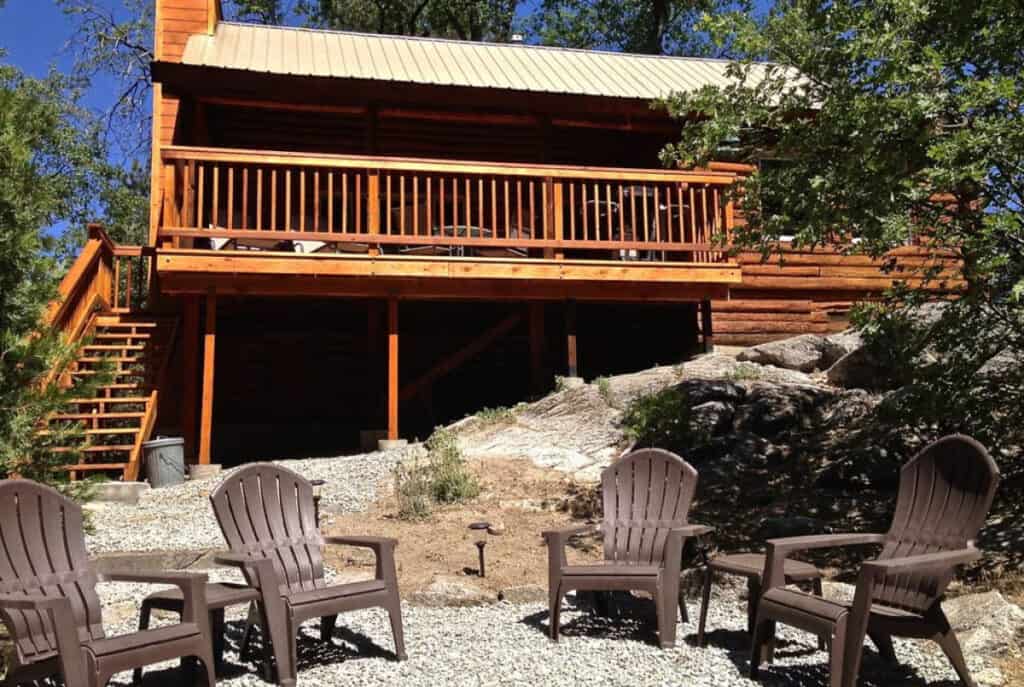
If you are shooting during the day and don’t plan to use a flash, shooting on a tripod will allow you to erase falling snowflakes from your scene, or blur the falling snow for a nice effect.
To get the snowflakes frozen in the air, shoot at a faster shutter speed. This is how to photograph falling snow in an elegant way.
Shooting conditions
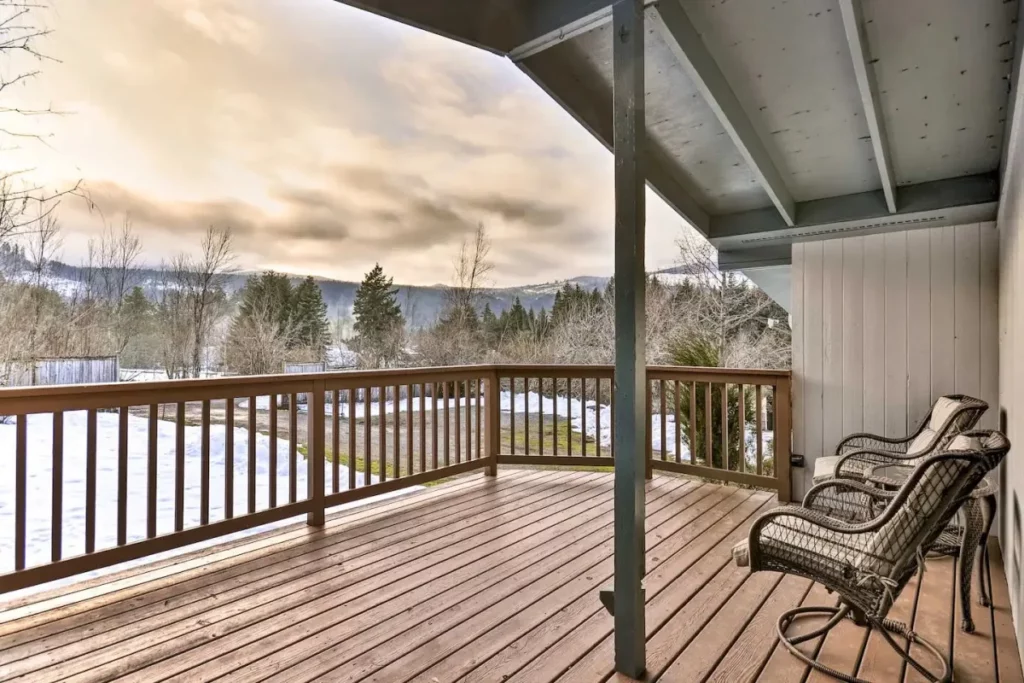
Shooting snow on an overcast day is often a better experience than going out in the piercing brightness of a cloudless day with all the sunlight reflecting off the snow. On cloudy days, you are less likely to get the harsh contrasts of the snow, which leads to easier exposure.
For a different look, consider shooting snow at sunrise or sunset. Expect the snow to reflect the colors of the sky — you might get more warm tones, or more blue tones this way. Don’t fight it; let it be part of the story!
Framing and composition
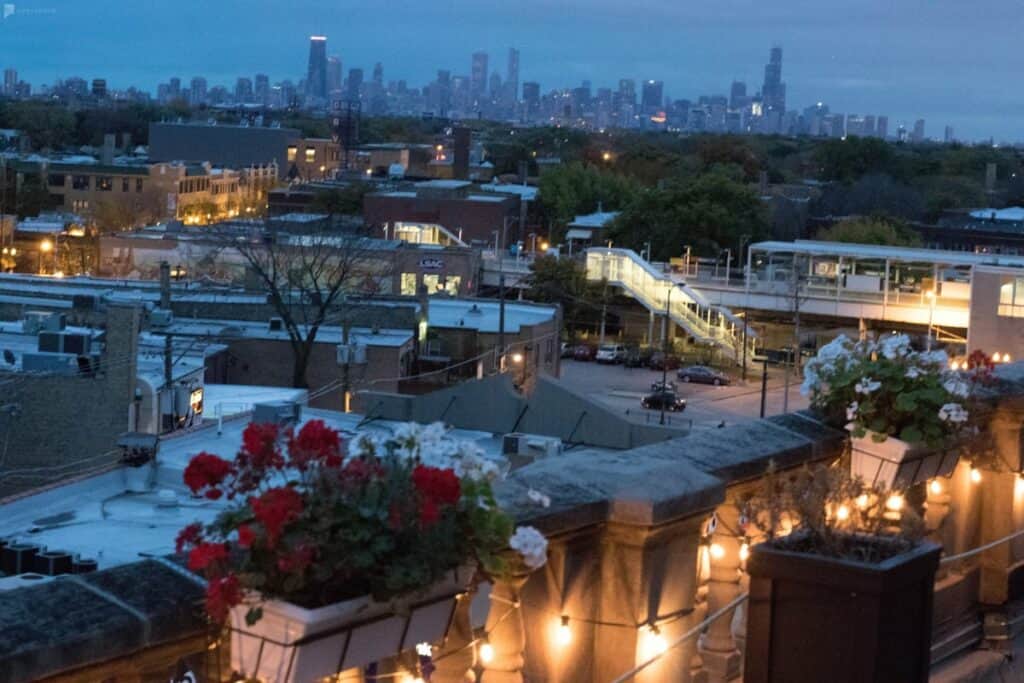
Those who don’t know how to photograph falling snow often just point ahead and shoot, and of course those initial experiments aren’t very satisfying, since there’s very little real content in the shot. Shooting a bright white expanse of a snowy landscape can be a little disorienting.
Often, a good snowy photograph needs something in the frame to ground the image. This can be anything from a couple walking in the snow to a single tree in a blanketed field.
Keep an eye out for additional elements which can bring out your photos, like a neon sign on the side of a building or the beautiful red of a farm barn against the backdrop of white snow.
These wintery snow photoshoot ideas help you celebrate the season (and your budding skills!)
Coming back inside
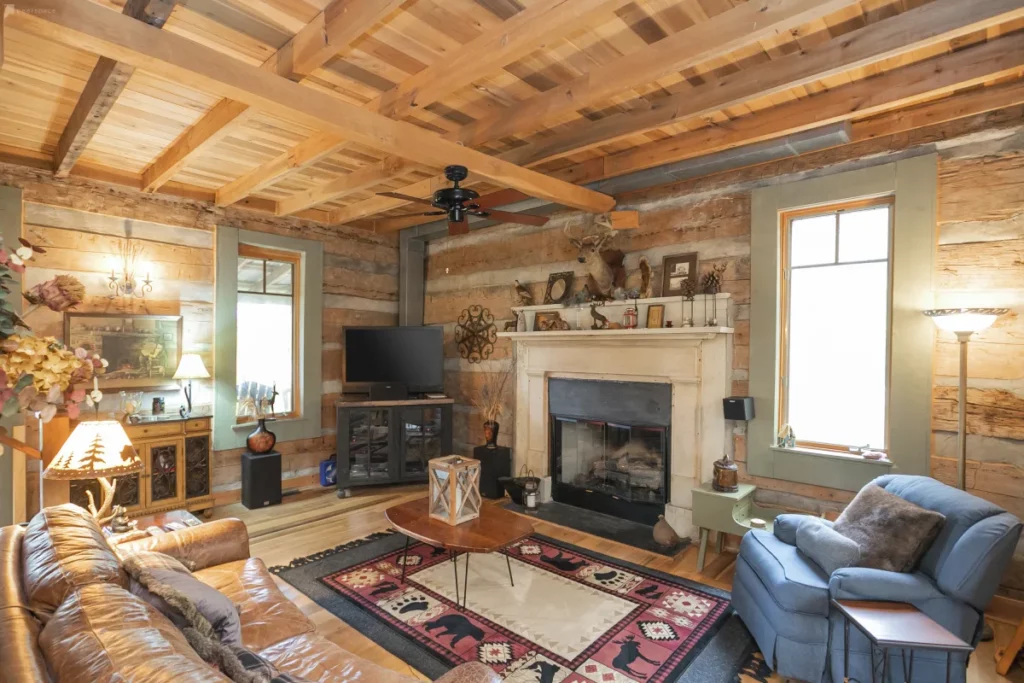
Once you’ve finished shooting, your job isn’t over. Coming back inside, you need to help your camera adjust to the warm temperatures, to prevent condensation from forming on the lens and electronics. Your very first step is to brush off any snow from the outside of the camera which has accumulated during your shoot, as this will obviously turn to water once inside!
Place your camera inside a plastic bag like you did when heading out. You can even wrap it in a towel or down jacket to let the camera come to room temperature slowly. Some photographers even suggest using a cooler on extremely cold days.
How to photograph falling snow: conclusion
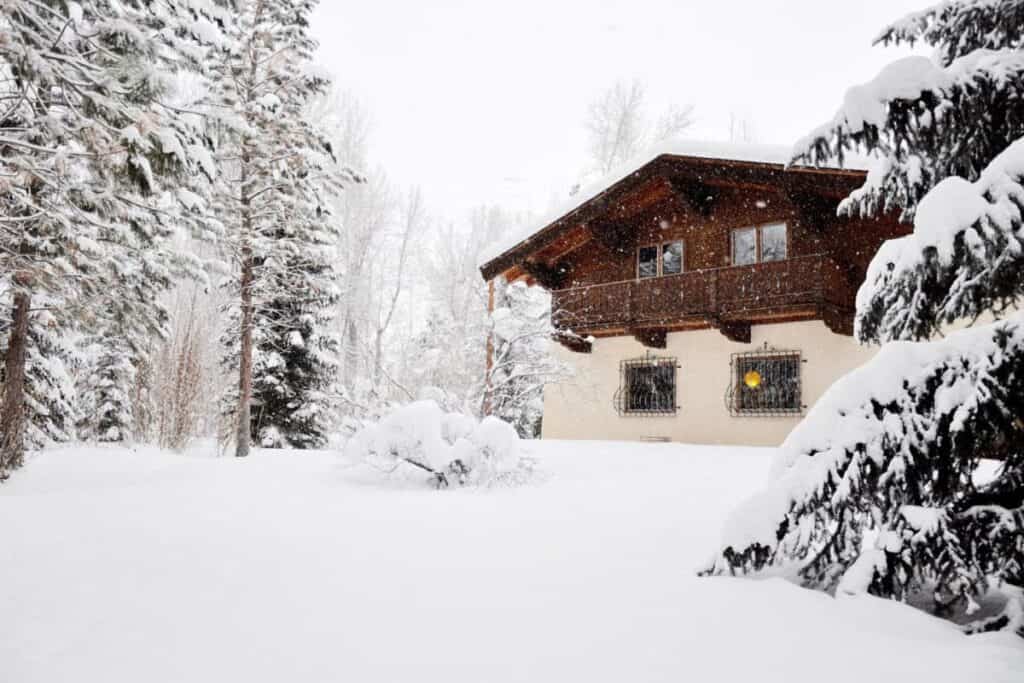
Snow photography is a rewarding medium and a fun project for any photographer who doesn’t mind braving the cold. Make the experience even more memorable by booking a Peerspace that provides a warm, safe environment from the surrounding snow.
Remember to keep yourself and your camera warm and dry, and don’t be afraid to experiment! The extreme brightness of snow can throw off your camera’s readings, so there is no shame in trying and trying again.
Try photographing falling snow at different times of day and at all different angles, and enjoy the beautiful images you will capture.
Find unique production venues on Peerspace
Get together somewhere better
Book thousands of unique spaces directly from local hosts.
Explore SpacesShare your space and start earning
Join thousands of hosts renting their space for meetings, events, and photo shoots.
List Your Space

